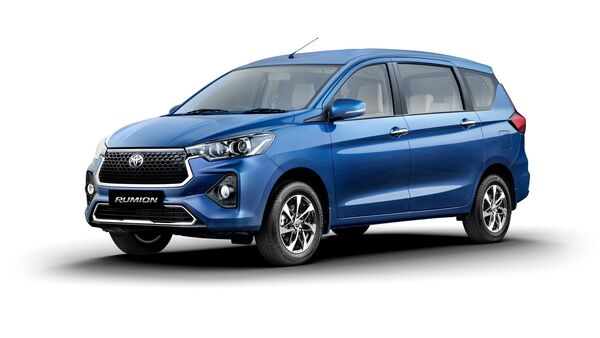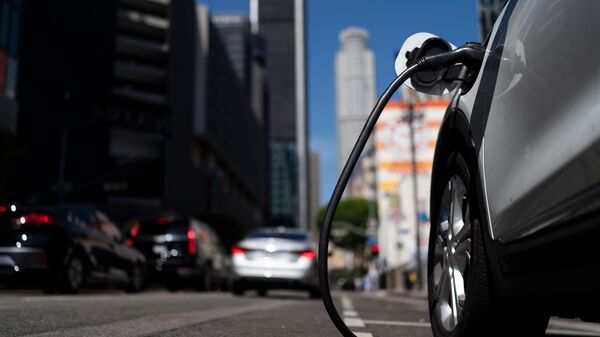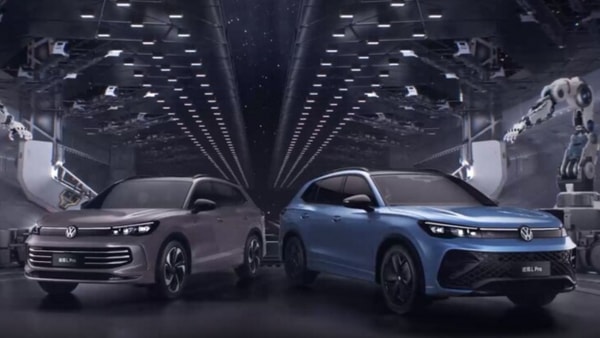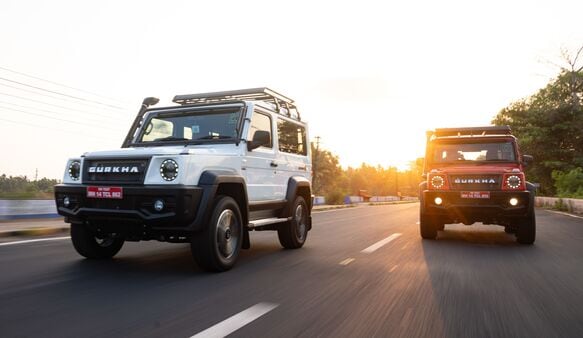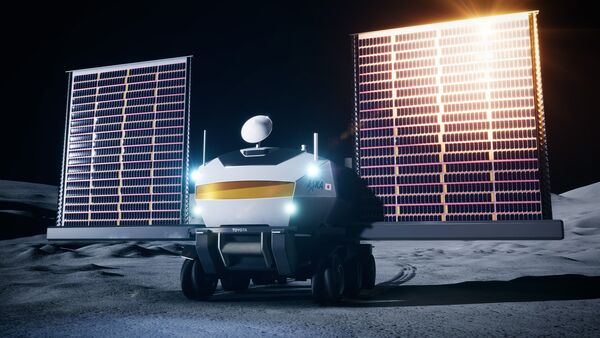
From Earth's rocks to lunar rovers: Toyota's Moon mission with the Lunar Cruiser
13 days ago | 5 Views
Exploring outer space has always been a compelling endeavour for humanity. Since the Apollo missions of the 1960s and 70s, human exploration of the Moon has remained a tantalising dream. Now, with renewed vigour, NASA's Artemis program is poised to return astronauts to the lunar surface, aiming for a sustainable presence by the end of the decade.
In April, NASA announced the final three groups of companies competing for the Lunar Terrain Vehicle (LTV) contract, signalling a significant step towards establishing a human presence on the Moon once again. The LTV, designed for surface travel on the Moon, is part of NASA's Artemis programme, which aims to land the next man and the first woman on the lunar surface. However, the LTV is just one piece of the puzzle in humanity's ambitious plans for lunar exploration.
The LTV programme calls for an unpressurized rover capable of carrying two fully-suited astronauts and cargo up to a total weight of 1,100 pounds (500 kg). This rover, while crucial for initial exploration, has limitations due to its lack of a pressurised cabin, restricting the distance astronauts can travel and the time they can spend on the Moon's surface. To sustain long-term lunar missions and accommodate astronauts without suits, pressurised rovers that double as habitats are essential.
Toyota showcasing engineering powess
Enter Toyota, the Japanese automotive giant, which has embarked on a journey to develop the Lunar Cruiser, a pressurised rover designed to support extended lunar stays. Announced last year, the Lunar Cruiser draws inspiration from Toyota's Land Cruiser and features a hydrogen powertrain derived from the Mirai fuel-cell vehicle. With a claimed range of almost 10,000 km, the Lunar Cruiser is set to become a vital asset for future lunar missions.
The Lunar Cruiser's design reflects its critical role in sustaining life on the Moon. Although approximately the size of two minibuses standing side by side, the rover can only accommodate two astronauts in a pressurised volume of just 459 cubic feet (13 cubic metres). However, in emergencies or for short periods, it can support up to four crew members.
NASA and JAXA collaboration
Interestingly, a recent development between NASA and the Japan Aerospace Exploration Agency (JAXA) has further fueled speculation about the Lunar Cruiser's role in upcoming lunar missions. Last week, the two agencies signed an agreement to advance sustainable human exploration of the Moon, focusing on the design, development, and operation of a pressurised vehicle for lunar surface use. While the agreement did not explicitly mention the Lunar Cruiser, it is widely believed to be the vehicle in question.
Under this partnership, Japan will build the rover, while NASA will handle its launch and operational aspects. The rover will be used jointly by both agencies, with NASA planning to deploy it at the lunar South Pole as early as the Artemis VII mission, scheduled for 2031. This collaboration marks a significant step towards international cooperation in space exploration, with Japan aiming to become the first country, aside from the U.S., to land a human on the Moon.
In exchange for their contribution, Japan will secure a seat on an upcoming Artemis mission, enhancing its presence in lunar exploration. This development raises questions about the composition of future lunar mission crews, particularly regarding the nationality of astronauts. While the specifics remain undisclosed, it is clear that both NASA and JAXA are committed to advancing human exploration of the Moon.

Beyond the surface missions, Japan's involvement extends to the Gateway space station, which will orbit the Moon and serve as a staging point for lunar missions. Japan's contributions to the station include environmental control and life support systems, as well as cargo transportation responsibilities.
NASA's collaboration with JAXA represents a significant milestone in international space exploration. JAXA, known for its successful missions such as the Hayabusa asteroid missions and the Kibo module on the International Space Station (ISS), brings a wealth of experience and expertise to the table.
The partnership between NASA, JAXA, and companies like Toyota represents a new chapter in humanity's quest to explore the cosmos. The Lunar Cruiser, with its design and advanced technology, symbolises the ingenuity and determination of humankind to reach new frontiers.
Read Also: toyota innova hycross adds new petrol variant. check what’s new
